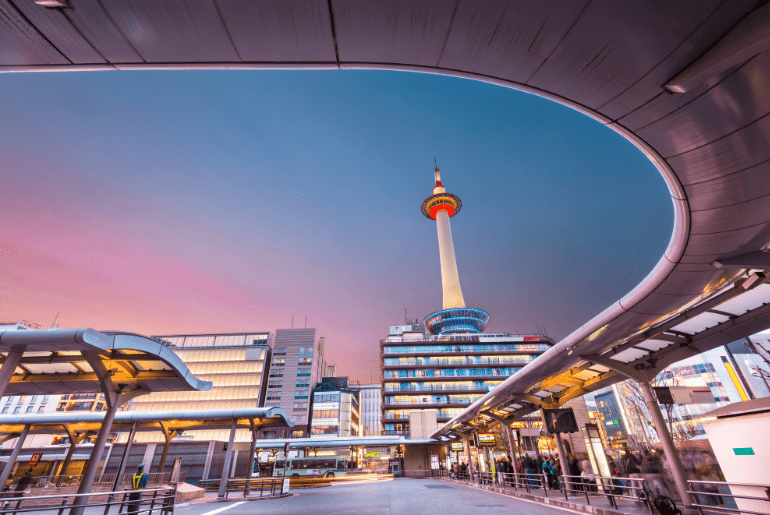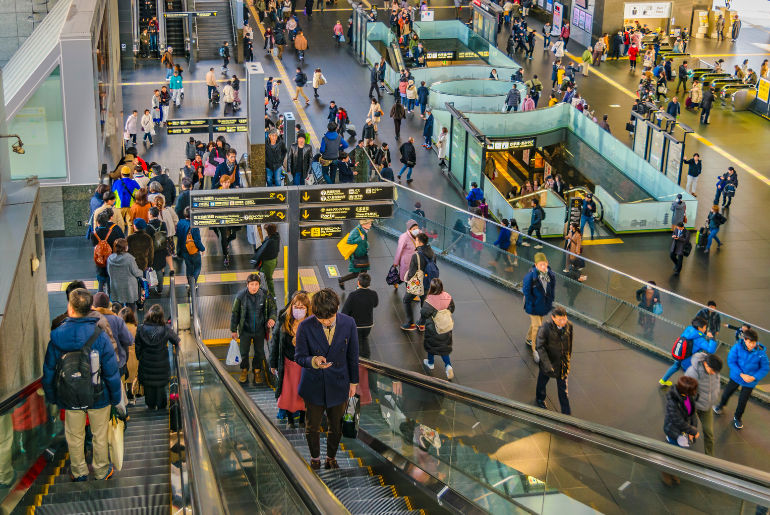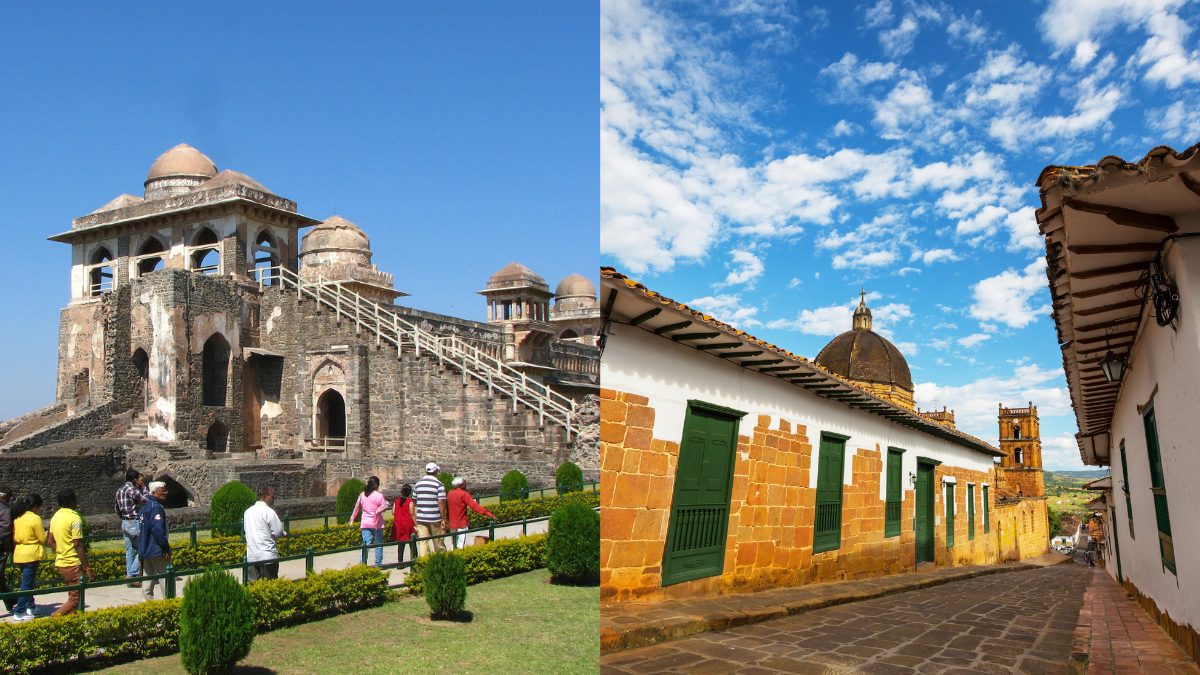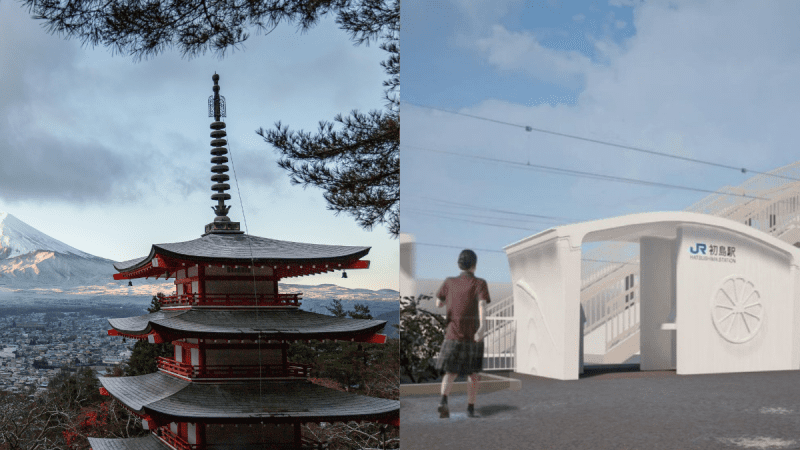Japan has once again proved its technological prowess with the opening of the world’s first 3D-printed railway station. Built in just six hours, this innovative station stands proudly in Akai, a locality in Fukushima Prefecture. The project, a collaboration between East Japan Railway Company (JR East) and Japanese start-up EX-FAB, showcases how construction and technology can work hand in hand to revolutionise public transport. This isn’t just a smart tech marvel—it’s also a bold step towards eco-conscious development. With minimal waste, reduced manpower, and lightning-fast construction, the 3D-printed railway station is making waves around the world.
The Future Of Railway Infrastructure Is Here
JR West is constructing the world’s first 3D-printed railway station at Hatsushima Station (Wakayama).
The station building will use 3D-printed reinforced concrete parts, reducing on-site work and construction time. This method improves durability, allows for flexible designs,… pic.twitter.com/4QC9iB633D
— Japan Station (@JPNStation) March 17, 2025
The Akai Station, built using 3D-printed concrete, serves the East Ban’etsu Line and is currently in trial operation. The primary aim? To explore how 3D printing can modernise small and medium-sized stations across Japan. With labour shortages affecting rural development, this construction method is both timely and innovative.
Also Read: Skip Japan and Cherry Blossom, Head To Kashmir For Badamwari Garden Almond Bloom
Using recycled materials and a specialised 3D printer, the team managed to create a durable and aesthetically pleasing structure. The entire frame was printed in a mere six hours, with an additional 23 days used to complete the finishing touches, fittings, and testing.
Minimal Manpower, Maximum Impact

Unlike conventional methods that demand large teams and lengthy timelines, the 3D-printed railway station minimises human involvement without compromising on quality. The end result is a fully functional, safe, and weather-resistant station that’s ready to serve passengers for decades to come.
Also Read: Love Japanese Food? 8 Amazing Facts About The Cuisine You Probably Didn’t Know
This low-cost, low-labour method also drastically reduces CO₂ emissions, making it an eco-friendly alternative for future infrastructure projects. The success of Akai Station could very well pave the way for similar models in other rural parts of the country.
Japan Leads The Way In Smart Construction

With the Akai Station now operational, JR East has opened up exciting possibilities for the future of transport infrastructure. Not only is the station a symbol of efficiency, but it also sends a powerful message about sustainability and innovation.
The world is watching closely, and Japan is once again setting the benchmark—this time, with a 3D-printed railway station that redefines how we think about construction and travel.
Cover Image Courtesy: Canva Pro & @JPNStation/X





